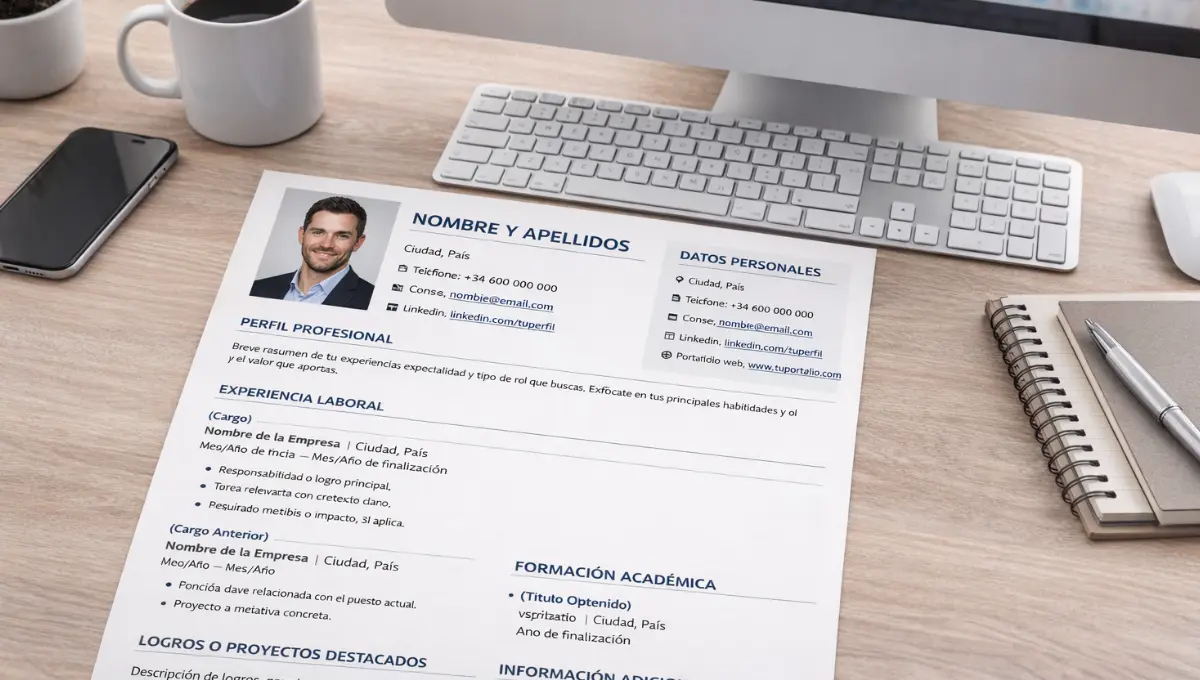Do you want to learn the Russian alphabet? It can be a fun and rewarding experience, but it takes time and practice to get good at it. But most importantly, it takes using the right techniques and tools. Now when we talk about techniques, we talk about using the right ones because not every tool is for you.
In this article, we will provide a guide that will help you learn the Cyrillic alphabet quickly and easily. We will also provide some tips on how to remember the letters but first, let’s talk about the right language tool for you.
Choosing the right language tool
This point cannot be overemphasized. To get ahead in your learning journey, you need the right language tool. One that is reliable, affordable, and sade to help you learn Russian online.
Want to learn a language at italki?
Here are the best resources for you!
italki
This is an online learning platform (specialized in teaching different languages). It provides top-notch resources for Russian language students worldwide. It is a safe space for students, enthusiasts, and professionals.
This tech hub thrives on the ability to provide its students with qualified teachers and Russian online tutors. Its wide range of available resources is an added advantage. For growth and comfort, italki has made available an active online community where students get to interact and grow with each other.

Find Your Perfect Teacher
At italki, you can find your Russian teacher from all qualified and experienced teachers. Now experience the excellent language learning journey!
Book a trial lesson
italki services are available for both Android and IOS devices. To gain access, you can search for the italki official website via any browser.
Pros of using italki
- italki is an online Italian learning tool that provides its students with a wide range of qualified language teachers to learn from.
- italki is not only safe but also very affordable. Considering your budget, you can get connected to an Italian tutor once you get connected.
- You have unrestricted access to quality sample lectures that enable you to learn Russian easily.
- The active community provided by italki offers students a mitral ground where mistakes are allowed, and growth is inevitable.
- As a student on italki, you have creative control over your Italian journey. You can point out to your Italian teacher the areas you believe need more attention.
Tips on how to easily master the Cyrillic
The Russian alphabet, also known as Cyrillic, is used in many Slavic languages such as Russian, Ukrainian, and Bulgarian. It is also used in Mongolian and several other non-Slavic languages. The alphabet is named after Saint Cyril, who created the first Slavic alphabet in the ninth century.
There are 33 letters in the modern Russian alphabet: 21 consonants, ten vowels, and two signs (the hard sign and the soft sign). Each letter has its name and pronunciation. In addition, there are three different writing systems for Russian:
cursive (or handwritten), print (which you see in most books and newspapers), and chancery (a more ornate, decorative style of writing). Here are eight tips that will help you learn the Russian alphabet quickly and easily:
- Start with the basics
Start simple, start small. There is no rush and so, don’t rush yourself, take your time and learn from the bottom. Learn the names and pronunciations of the letters first. You can find many helpful resources online, such as audio files, to help you with this.
- Write out the letters.
A good way to practice is to write out the letters over and over again. You can also try writing words in Cyrillic to get a feel for how the letters are used together. By doing this you indulge your subconscious in the art of writing Cyrillic, and before you know it, this habit becomes next to nature.
- Listen to native speakers.
One of the best ways to learn a new alphabet is to listen to how it is pronounced by native speakers. You can find many videos and audio clips online that will help you with this. This builds an audio hard drive in your mind and it goes a great way to ensure your success.
- Try different methods
Some people prefer to learn visually, while others prefer to learn by listening or by writing out letters. Experiment until you find a method that works best for you but we advise trying all three fundamental methods. That is Visual, audiovisual, and repetition.
- Practice, practice, practice!
The more you use the alphabet, the better you will become at reading and writing in Cyrillic. So find opportunities to practice as often as you can. You can get a study buddy who helps you revise your Russian. With enough practice, you will get it in time.
- Take a break when needed
It is important not to be too hard on yourself. Learning a new alphabet can be challenging, so don’t hesitate to take breaks when needed. Just make sure to pick up where you left off and keep practicing!
- Use flashcards
This will help you remember their shapes and how to write them correctly. Put these flashcards in areas where you get to see them daily, preferably early in the morning. For a more effective experience, use multicolored flashcards.
- Immerse yourself in the Russian culture
Listen to audio recordings of native Russian speakers saying the alphabet, listen to Russian music, watch Russian movies, and listen to podcasts. Do anything that makes you feel more connected to Russian culture. This will help you learn the correct pronunciation of each letter.
- Try new words
Try to find words that contain each letter of the alphabet. For example, the word буква (buka) contains all 33 letters of the Cyrillic alphabet. This can be a fun way to practice your knowledge of the alphabet while also expanding your vocabulary.
By following these tips, you’ll be well on your way to mastering the Russian alphabet in no time! So what are you waiting for? Start learning today!
The 33 letters of the Cyrillic
The Russian alphabet consists of 33 letters. Each letter has a name and a pronunciation. The following table shows the Cyrillic alphabet with the corresponding English sound for each letter:
- Аа [a] like “a” in “father”
- Бб [b] like “b” in “bed”
- Вв [v] like “v” in “vine”
- Гг [g] like “g” in “goat”
- Ґґ [gʲ] no English equivalent, similar to Гг but with a throatier sound
- Дд [d] like “d” in “dog”
- Ее [je] like “ye” in “yes”
- Єє [jæ] like “ya” in “yacht”
- Жж [ʒ] like the s in measure
- Зз [z] like “z” in “zoo”
- Θθ no English equivalent, similar to the hard th sound as in θank you (thank you) or θree (three)
- Iı no English equivalent, a high front vowel pronounced with the tongue close to the palate, somewhat similar to ee in feel
- Ïï no English equivalent, a high front vowel pronounced with the tongue close to the palate, somewhat similar to yee in feel
- Іі [i] like “ee” in “seen”
- Йй [j] like “y” in “boy”
- Кк [k] like “k” in “skate”
- Лл [l] like “l” in “love”
- Μμ [m] like “m” in “mother”
- Nn no English equivalent, a voiced dental nasal similar to n but without vibration of the vocal cords
- Oo no English equivalent, a mid-back rounded vowel pronounced with the tongue close to the palate, somewhat similar too in German öffnen (open)
- Öö no English equivalent, a mid-front rounded vowel pronounced with the tongue close to the palate, somewhat similar to toe in German Hölle (hell)
- Пп [p] like “p” in “spa”
- Ρρ [r] trilled as in Spanish perro (dog) or Italian nonno (grandfather)
- Сс [s] like “s” in “snake”
- Tt no English equivalent, a voiceless dental stop similar to t but without vibration of the vocal cords
- Υυ [y] like “u” in “French tu” or German über
- Фф [f] like “f” in “fox”
- Хх [x] like “ch” in “loch” or Scottish pronunciation of “loch”; also pronounced similarly to Кк, Пп, and Тт when at the beginning of a word
- Цц [ts] like “ts” in “catsup”
- Чч [tʃ] like “ch” in “chair”
- Ґґ [gʲ ] no English equivalent, similar to Гг but with a throatier sound
- Шш [ʃ] like “sh” in “sheep”
- Щщ [ʂ ] no English equivalent, a voiceless retroflex fricative pronounced with the tongue curled back towards the palate; similar to шт but without vibration of the vocal cords
- Юю [ju] like “yu” in “youth”
- Яя [ja] like “ya” in “yacht”
As you can see, some letters do not have an English equivalent. These letters can be difficult to pronounce at first, but with practice, you will be able to say them correctly. Above are some tips to help you remember the Cyrillic alphabet.
Conclusion
We hope that this article was helpful to you in learning Cyrillic easily. With some practice and an effective tool, you can succeed in no time.
In that light, italki is a go-to site for learning the Russian alphabet. It is affordable, safe, resourceful, and reliable. Get connected to iTalki today and master those letters with ease.


















